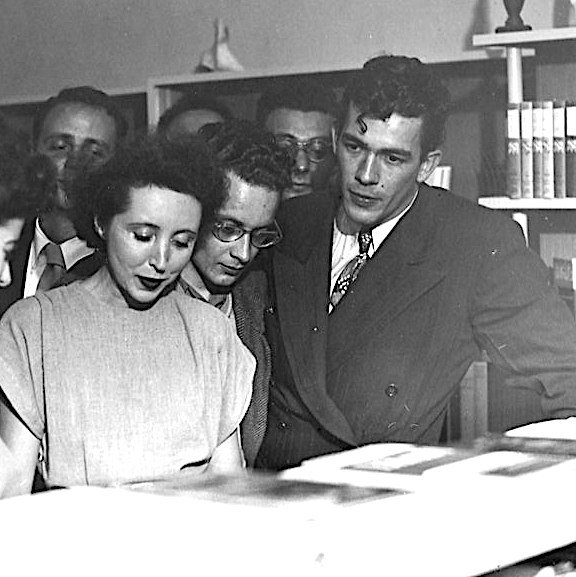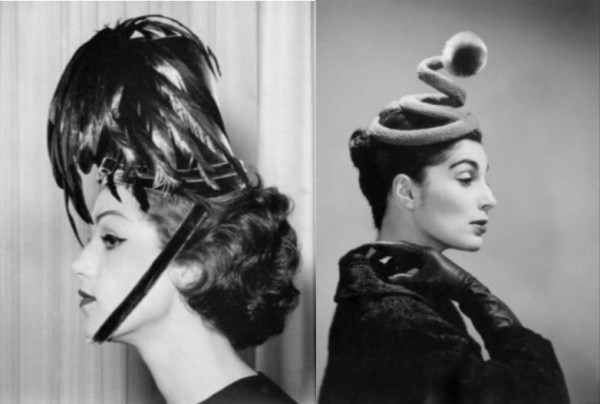Back in 2012, we featured a young Bob Dylan talking and playing on The Studs Terkel radio show in 1963. Open Culture’s Mike Springer prefaced the interview with these words, “Dylan had just finished recording the songs for his second album, The Freewheelin’ Bob Dylan, when he traveled from New York to Chicago to play a gig at a little place partly owned by his manager, Albert Grossman, called The Bear Club. The next day he went to the WFMT studios for the hour-long appearance on The Studs Terkel Program. Most sources give the date of the interview as April 26, 1963, though Dylan scholar Michael Krogsgaard has given it as May 3.” In talking with Studs, Dylan told some tall tales (scholars say) about his youth, ones that would have made Huckleberry Finn proud. And that tendency to create an alternative biography is on display again in an even earlier interview, dating back to March 11, 1962.
Animated by Blank on Blank above, the (excerpted) interview lets us hear Dylan, only 20 years old, before the release of his eponymous debut album, and before achieving any kind of fame. Young Dylan tells Cynthia Gooding, host of the “Folksinger’s Choice” radio program in NYC, about the six years he spent with the carnival.
I was with the carnival off and on for about six years… I was clean-up boy, I used to be on the main line, on the ferris wheel, uh, do just run rides. I used to do all kinds of stuff like that… And I didn’t go to school a bunch of years and I skipped this and I skipped that.
Later he continued:
I wrote a song once. I’m trying to find, a real good song I wrote. An’ it’s about this lady I knew in the carnival. An’ er, they had a side show, I only, I was, this was, Thomas show, Roy B Thomas shows, and there was, they had a freak show in it, you know, and all the midgets and all that kind of stuff. An’ there was one lady in there really bad shape. Like her skin had been all burned when she was a little baby, you know, and it didn’t grow right, and so she was like a freak. An’ all these people would pay money, you know, to come and see and … er … that really sort of got to me, you know. They’d come and see, and I mean, she was very, she didn’t really look like normal, she had this funny kind of skin and they passed her of as the elephant lady. And, er, like she was just burned completely since she was a little baby, er.
You can hear a nearly complete audio recording of the interview (55 minutes) below, and read a transcript of the full interview on Expecting Rain.
Over on Spotify, you can hear the 11 songs that Dylan played for Gooding that day.
They include several that Dylan wrote, along with some old folk and blues songs:
- “(I Heard That) Lonesome Whistle” (Hank Williams/Jimmie Davis)
- “Fixin’ to Die” (Bukka White)
- “Smokestack Lighning” (Howlin’ Wolf)
- “Hard Travelin’ ” (Woody Guthrie)
- “The Death of Emmett Till” (Bob Dylan)
- “Standing on the Highway” (Bob Dylan)
- “Roll on John” (Rufus Crisp)
- “Stealin’ ” (traditional)
- “It Makes a Long Time Man Feel Bad” (traditional)
- “Baby, Please Don’t Go” (Big Joe Williams)
- “Hard Times in New York Town” (Bob Dylan)
If you would like to sign up for Open Culture’s free email newsletter, please find it here. Or follow our posts on Threads, Facebook, BlueSky or Mastodon.
If you would like to support the mission of Open Culture, consider making a donation to our site. It’s hard to rely 100% on ads, and your contributions will help us continue providing the best free cultural and educational materials to learners everywhere. You can contribute through PayPal, Patreon, and Venmo (@openculture). Thanks!
Related Content:
Two Legends Together: A Young Bob Dylan Talks and Plays on The Studs Terkel Program, 1963
Bob Dylan Reads From T.S. Eliot’s Great Modernist PoemThe Waste Land
Bob Dylan & The Grateful Dead Rehearse Together in Summer 1987: Hear 74 Tracks



